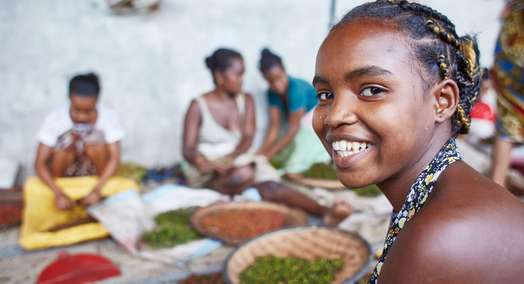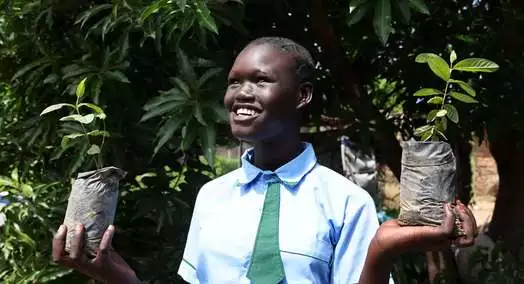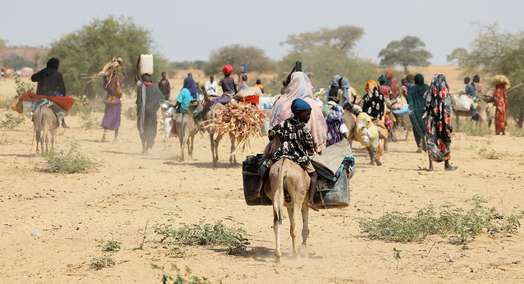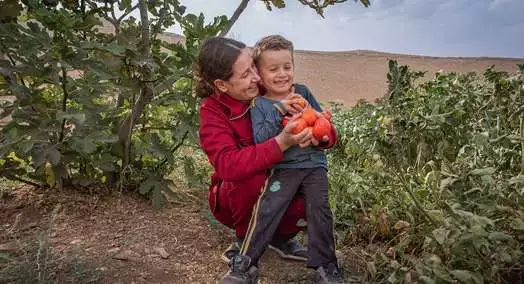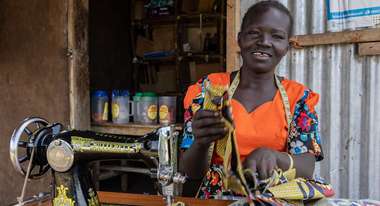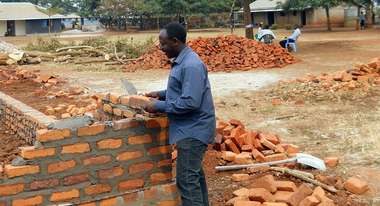A Refugee’s Journey to Uganda
Traumatic experiences leave their marks, therefore new arrivals get counseling in the Registration Camp, unlike in Europe, where those, who travelled far and under dangerous circumstances have to go through an interrogation before being allowed to stay.
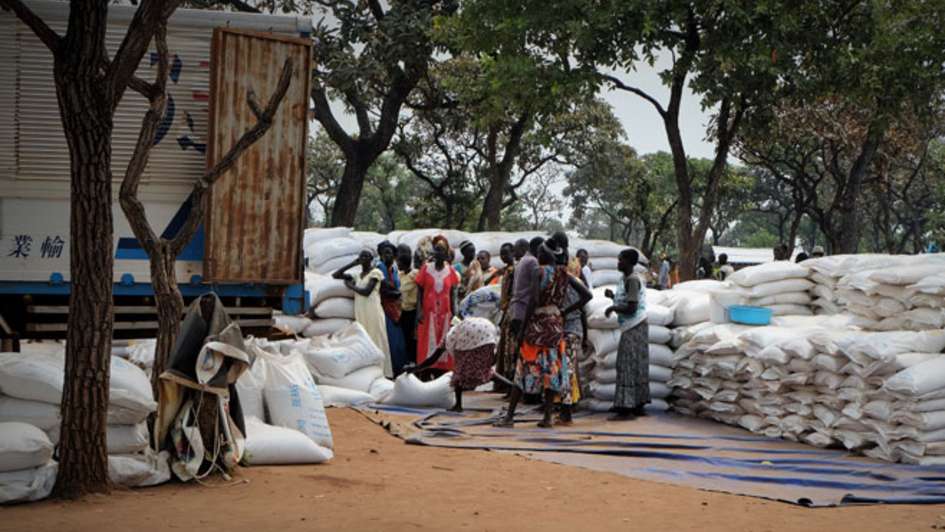
Step 1: You cross the bridge
Step 2: You get registered
Step 3: You board the UNHCR bus that brings you to
Step 4: The Transition Camp, where you
Step 5: Wait. To get to your final destination, which is
Step 6: Your settlement, your plot of land until you can
Step 7: Return.
That’s the journey of a refugee coming from South Sudan to find some peace in Adjumani, North Uganda. Peace and a place of their own, where they are able to move freely and look after their business, without being threatened by an ongoing civil war. This demand is met by the Ugandan Refugee Act 2006, which liberalized policies of asylum throughout the country. By law refugees have the right to work, move freely and live in settlements among the community rather than in special camps. Even Pope Francis praised the way Uganda welcomes those, who seek protection on his recent visit: "Here in East Africa, Uganda has shown outstanding concern for welcoming refugees. Enabling them to rebuild their lives in security and to sense the dignity which comes from earning one’s livelihood through honest labor (…) how we deal with them is a test of our humanity, our respect for human dignity, and above all our solidarity with our brothers and sisters in need."
1.5 million displaced, thousands killed
The solidarity Pope Francis addressed in his speech is challenged by the overwhelming movement of refugees from South Sudan into Ugandan territory, highest in numbers in Adjumani. Over 117,000 out of 385,000 refugees in total in the country are South Sudanese living in Adjumani. They did not come to seek a better live – an accusation arising in Europe these days, when it comes to the refugee discourse – they were forced to leave their habitat to survive. This is the notion one would get, when talking to the refugees in Adjumani. They are waiting for a civil war to end, which has displaced over 1.5 million, thousands have been killed and the civilian infrastructure throughout South Sudan has been looted, destroyed and abandoned.
When being registered the asylum seekers are brought to the Transition Camp, where they get fed and their future settlement is selected according to their tribe and preference. At the moment nearly 3000 people live in this Transition Camp, which meets the needs of them, but marks also another step of uncertainty: Where am I going next? What am I to do for a living? How am I to take care of myself and my family? In the best case scenario shortly after arriving, the South Sudanese individuals or families are transferred to a settlement and supplied with the basics like food, mosquito nets or material to build their own hut, which they can then construct on their own plot.
Tribal conflicts
The refugees are granted some land, 20 by 30 meters, that they may cultivate themselves. They are welcomed by the locals, who are not only country neighbours, but some also of the same tribe. Hence the border that divides Uganda and South Sudan also divides the tribe of the Madi, whose members share the same language and cultural background. It is a matter of identification.
Next to the Madis and the majority of the refugees are Dinkas by tribe. Other than the Madis they are pastoral people and feared to show hostility towards the tribes living among them. Occasions of open violence towards members of other tribes have been reported – such as on the shared school ground, where a group of Dinka pupils beat up a single individual of another tribe. The host community complains about imported violent attitude and advises their children to run if confronted.
How Adjumani benefits from the refugee movement
Other than those occasional incidents the host community benefits from the regional refugee policies. Part of what the refugees are supplied with from international aid organizations also has to be supplied to the locals by rule. The share is 70 to 30 percent. Meaning, if refugees get seven chickens their Ugandan neighbours get three. Adjumani benefited from the refugee movement, which might be a reason for their acceptance by the locals. Since South Sudanese came into this area international NGOs in cooperation with the local Office of the Prime Minister (OPM) have built up an infrastructure for both the local community and the refugees. What used to be bush land has been cultivated by the new settlers, roads have been constructed, schools founded and health centers have been established. The Act Alliance under the leadership of UNHCR sees to the need of the area, which was desolate before.
When and if the refugees return to their home country the former bush land shall be given back in a cultivated and developed form – which will be beneficial for landowners and locals as well.
